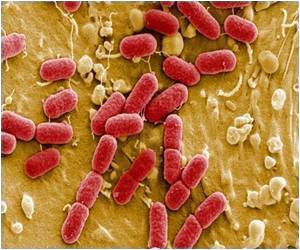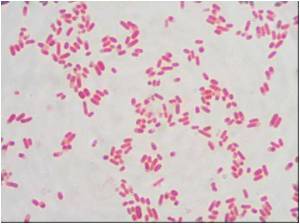Scientists are in the process of decoding the molecular machine that is responsible for delivering potent toxins from bacteria such as into an infected individual.

In order to infect, Gram negative bacteria have to export their toxins into their host across both an inner and outer membrane. Professor Pickersgill explains: "The pore in the outer membrane which the toxins pass through is formed from protein subunits which are guided into place by a protein pilot. The protein pilot interacts with the subunits that form the pore in the outer membrane; if the protein pilot is missing, then the pore forms in the inner membrane and not the outer membrane and secretion is stopped."
Professor Pickersgill adds: "If we can successfully interfere with this or with other interactions we are discovering then we might be able to halt the secretion system and prevent these harmful diseases."
The same type II secretion system that enables E. coli and cholera is also used by bacteria that cause substantial food spoilage, such as Dickeya dadantii. Crop spoilage by plant infecting bacteria is becoming an increasing problem in the UK due to the warmer and wetter summers caused by global climate change, and the team hope that the results of this study will be of interest to both agrichemical scientists seeking ways of preventing crop damage and pharmaceutical companies seeking new antibiotics.
Source-Eurekalert











